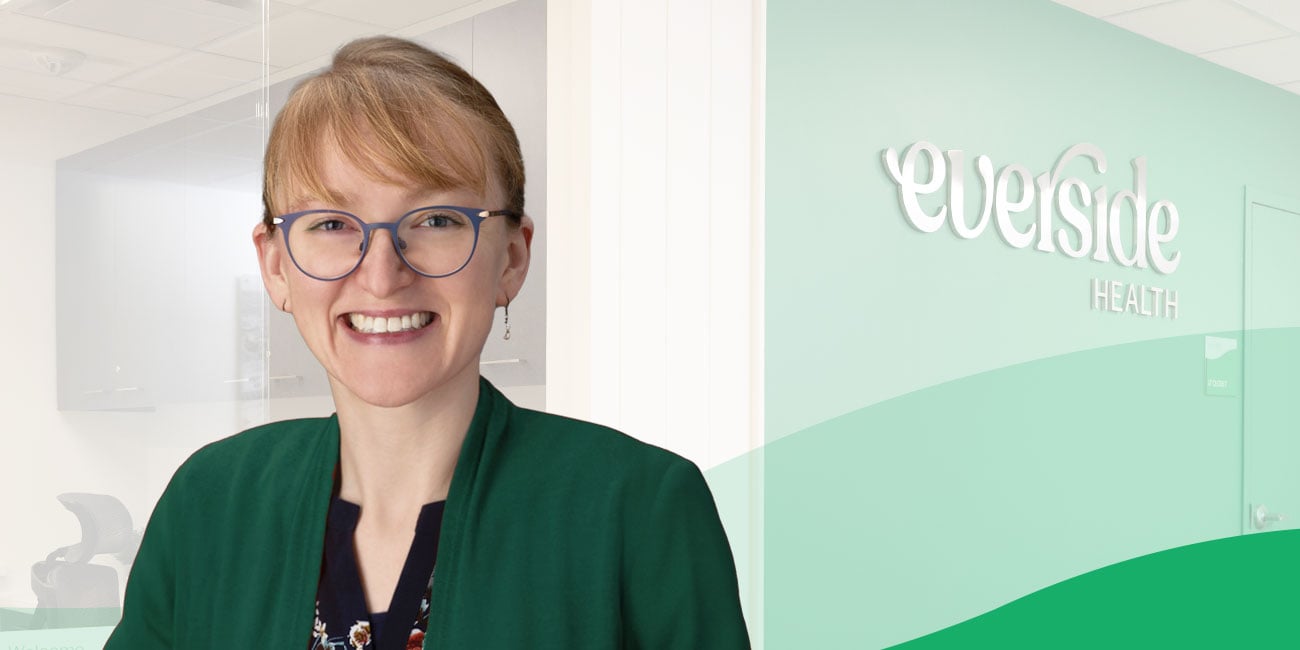Why I Chose Everside: A Nurse Practitioner's Journey To Direct Primary Care
October 11th, 2023 | 2 min. read
By Bonnie Hill

More than a decade ago, I entered healthcare with the goal of becoming a nurse practitioner while working as a nurse. I had previously received amazing healthcare myself from physicians who took time to explain things, walked myself and other family members through chronic health issues, and taught me things along the way. The idyllic vision I had for my role as a provider included spending time with patients developing one-on-one, long-term relationships. Taking time to counsel with honesty, answering questions, and “shooting straight” were my goals.
As my doctoral program moved along, I shadowed NPs (Nurse Practitioners) and physicians who worked in primary care and specialty clinics. I sat with them through hundreds of appointments, reviewed lab results, attended tumor board conferences, and we collaborated to determine the best next steps for patients. “Who has time to do all this background work?” I wondered.
The physicians and NPs that I trained with typically saw anywhere from 15-30 patients daily, scrambling to keep up with busy workloads, respond to patient messages, triage in-clinic concerns, and review lab results—often after-hours while at home instead of spending time with family or pursuing a work-life balance. I came home routinely from clinical rotations asking myself the question, “How could I fit into this world of medicine that feels like a gerbil wheel, racing to see as many people as possible every day?” Most of my preceptors counseled me to avoid primary care, acknowledging that the workload, the demands, and the intensity were not their cup of tea. Would I be able to pass muster?
Fast forward to my first NP job working in a retail healthcare clinic. I usually had 20+ patients on my daily schedule without anyone available to help with check-in or registration. Daily responsibilities involved vaccinations, screening for blood pressure concerns, diagnosing and treating respiratory infections, and COVID-19 testing, as well as clinic upkeep tasks. Trying to keep pace with this schedule wore me down and I could not foster the long-term relationships I wanted with my patients.
Driving to work one day, I heard a podcast by Julie Foucher, MD, introducing the concept of direct primary care. This podcast was the springboard to the radical idea of serving patients in today’s healthcare environment through a different primary care platform with the aim of preventative healthcare instead of only treating chronic diseases. Hearing about the difference direct primary care world could make for patients, I started to wonder where and how I could find a job that would enable me to take better care of my patients. In a world where people are begging for us to know them and to listen to their actual problems instead of staring at the clock, this model seemed to be the only framework that ensured time with patients to address them wholly.
In a world where people are begging for us to know them and to listen to their actual problems instead of staring at the clock, this model seemed to be the only framework that ensured time with patients to address them wholly.
Today, I am grateful that Everside came into view through a neighbor who is now a colleague. I’ve worked for Everside for roughly two years. I can attest to the true difference in workload, time with patients, quality of life balance, and a uniquely better environment of care for providers and—most importantly—patients.
A typical day might include seeing 8-10 patients for extended appointment times, consultations with collaborating MDs to work through challenging clinical scenarios, and ultimately, the opportunity to tailor care to each person. Instead of chasing RVUs, we have time to grow as healthcare providers by pursuing overall health for our patients. This world of healthcare truly is an improved healthcare environment, one that better matches the big-picture reasons so many of us obtained costly and time-consuming advanced education. The best way to care for patients amid an otherwise broken healthcare system lies in direct primary care.
- Bonnie Hill, APNP, DNP, FNP-BC, BSN, RN
